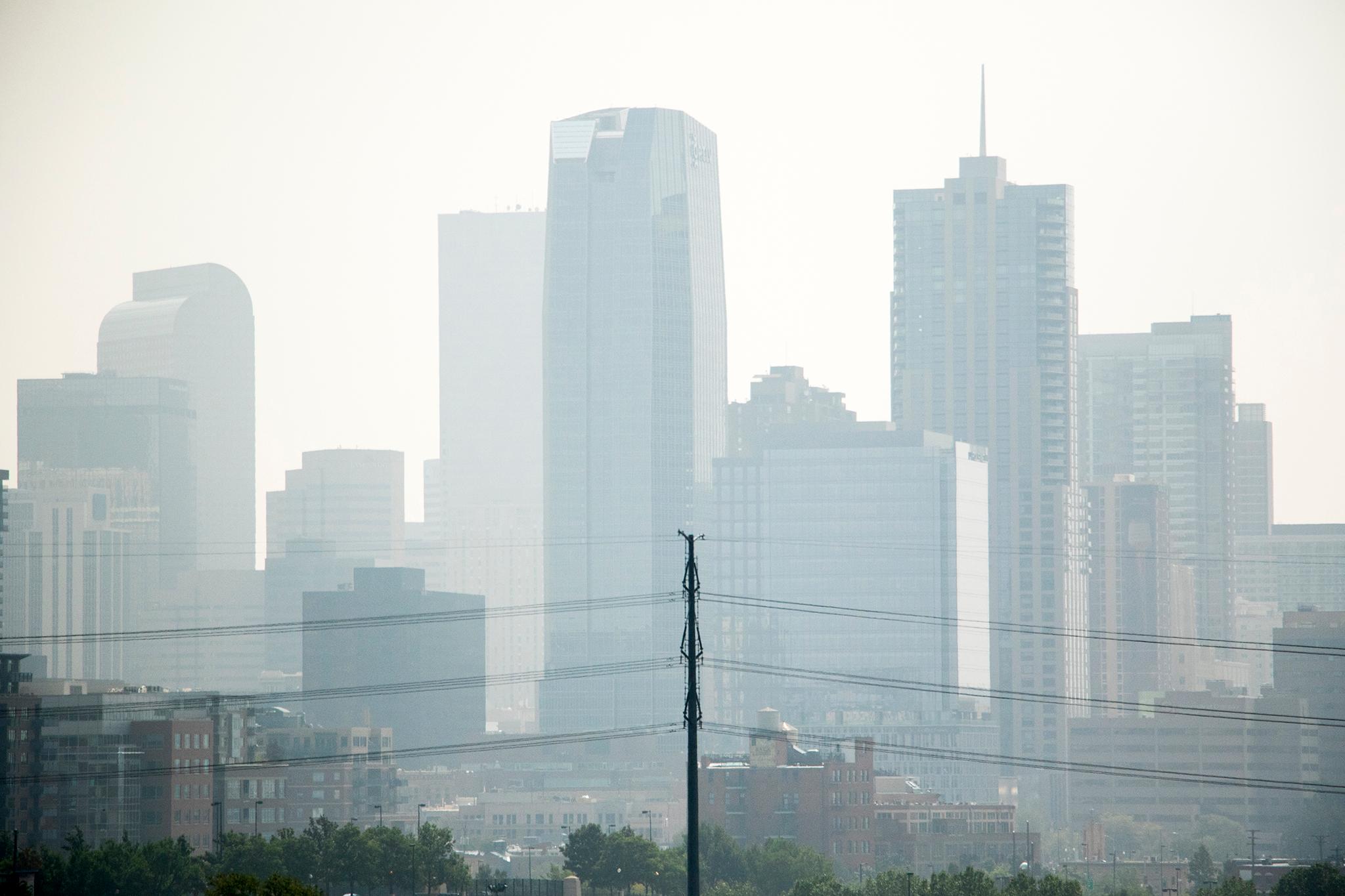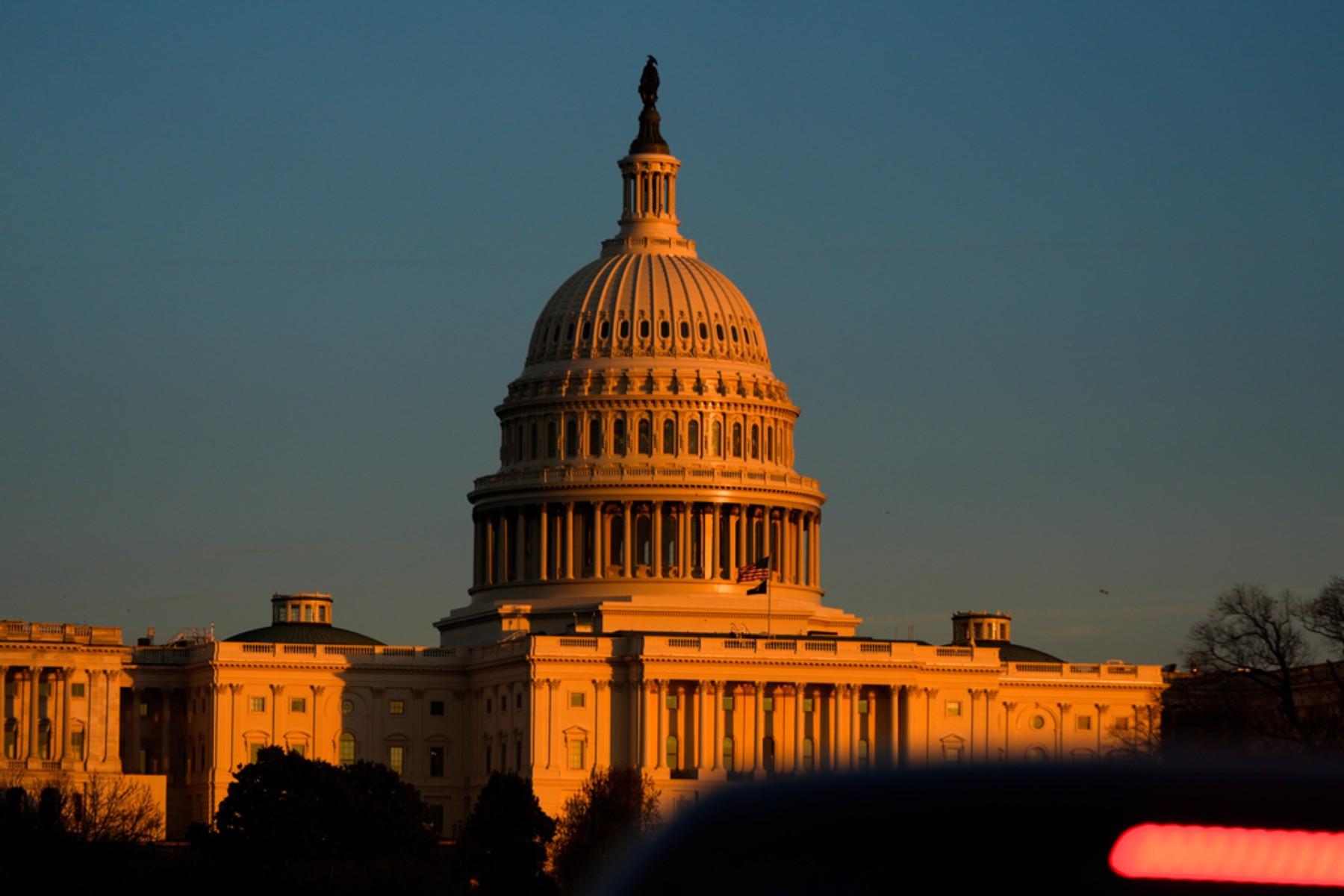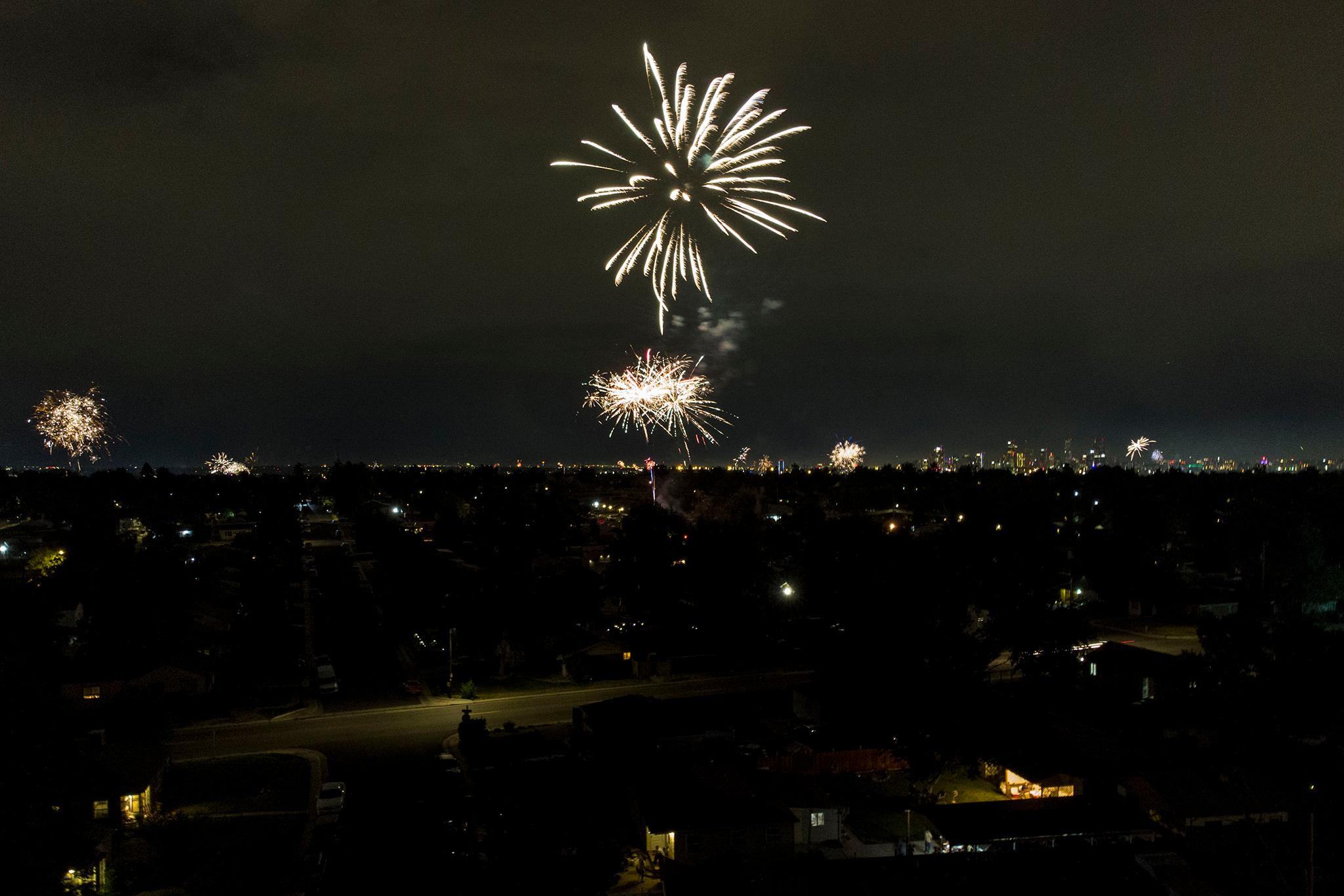
Colorado’s Front Range has seen little relief from ozone and wildfire smoke this summer.
The dual pollutants have shrouded the region’s view of the Rocky Mountains and stirred a debate about the best way to tell the public about the relationship between the problems. In particular, Scott Landes, Colorado’s air quality forecaster, has repeatedly noted smoke from out-of-state wildfires “enhanced” or “exaggerated” ozone levels in the Denver metro.
Frank Flocke, a scientist at the National Center for Atmospheric Research, worries the message is both accurate and misleading. While wildfire smoke can add to ozone levels in some cases, he said his research shows local air pollution sources, like traffic and oil and gas operations, are a much bigger factor.
“Without the wildfire plumes, we would have been capable of making high levels of ozone just with our own emissions,” Flocke said.
The relationship between smoke and ozone is a complicated topic that Flocke said tests the limits of scientific knowledge. At the same time, the answers could shift whether people see ozone pollution as something within human control or a brutal reality blowing in from California. In communicating with the public, Flocke said officials should focus on direct health impacts, not the tricky science behind air pollution.
To clear the air, here’s a breakdown.
Wildfire smoke is a pollution problem unto itself
There’s no question the haze from far-off wildfires threatens human health. Tiny particles of incinerated wood can burrow themselves deep inside people’s lungs.
Studies show the short-term consequences can include lung irritation, coughing and sneezing. Eventually, exposure can lead to premature death and leave people more vulnerable to respiratory diseases, including COVID-19.
Winds have brought a rash of smoke from wildfires in California and the Pacific Northwest to Colorado over the summer of 2021. The primary pollutant of concern in the smoke is PM 2.5, shorthand for particulates smaller than 2.5 microns in diameter.
While it’s plenty dangerous, this air quality problem is different from ozone.
The Front Range has seen a record number of high ozone days
Unlike wildfire smoke, ozone is a “secondary pollutant,” meaning it forms in the atmosphere through a combination of nitrous oxides and volatile organic compounds in a chemical reaction triggered by heat and sunlight.
In 2014, Flocke and his NCAR colleague Gabriele Pfister conducted a state-commissioned aerial survey to track the ozone sources along the Front Range. The research found that the region has background ozone levels of about 40 to 50 parts per billion, which is short of the current federal health standard of 70 parts per billion.
Local emissions of air pollutants pushed air quality to unsafe levels. On days when ozone levels exceeded federal health standards, traffic and oil and gas combined are responsible for more than two-thirds of ozone production along the Front Range.
Colorado’s ozone landscape has likely changed in the seven years since the survey. Energy companies have installed more pipelines, cutting down on total emissions from oil and gas production. Over the same period, more people have arrived in Colorado and brought their cars with them. While the COVID-19 pandemic led to a reduction in Front Range traffic in the spring and summer of 2020, Pfister said state data show it has rebounded to record levels in Denver.
“There are basically just more cars on the road,” Pfister said.
The return of traffic has coincided with the worst summer for ozone pollution along the Front Range in a decade. Since the traditional ozone season started on May 31, the state has issued 59 ozone action day alerts for the region. The total marks the highest number of warnings since air officials started record-keeping in 2011.
The count is also a sanitized way to describe a problem felt in people’s chests and throats. In the long term, studies suggest the inflammation caused by the pollutant can lead to lower birth weights, asthma development and higher rates of premature death.
Smoke can both increase and decrease ozone levels
While local pollution is a major ozone contributor, Emily Fischer, an atmospheric scientist at Colorado State University, said smoke from distant fires often contains the basic building blocks of ozone. As a result, her research suggests wildfires can add to the Front Range’s ozone problem.
One recent study examined the potential impact of smoke at an air monitor near Boulder Reservoir. Between 2017 and 2019, it identified 41 days when ozone exceeded federal health standards. Wildfire smoke also hit the air monitor on 13 of those days. A comparison showed the presence of wildfire smoke tended to coincide with higher levels of ozone.
“We would have an ozone problem here in the Front Range without smoke, but when smoke comes to town, it does seem to provide a little bump,” Fischer said.
Another 2017 analysis attempted to quantify the degree to which wildfire smoke could boost the pollutant. Dan Jaffe, an author and a professor of chemistry at the University of Washington, said it showed wildfire smoke in major U.S. cities tended to increase ozone levels by about 10 to 20 percent.
Jaffe said the pattern might occur from smoke reacting with local pollution. If more research proves that’s the case, cutting emissions from smokestacks and tailpipes could “reduce the amount of ozone we get even on smokey days.”
To add another layer of complexity, it also appears smoke can decrease the overall presence of ozone in some cases. Scott Landes, the state’s air quality forecaster, said one example may have occurred last year when the Cameron Peak Fire sent a large plume over Fort Collins and cut the amount of sunlight reaching the surface. Without the sun’s energy, pollutants couldn’t “bake” into ozone pollution.
Why state air quality forecasters have focused on the problem
Landes has also focused on the role of wildfire smoke in interviews about air quality for CPR News and other media outlets, saying plumes can “enhance” ozone levels. He defended the language in a detailed email.
Aside from noting scientific studies, Landes wrote Colorado’s state air monitors show examples of spikes in ozone levels best explained by smoke plumes. One occurred at Chatfield State Park earlier this summer. On July 24, a monitor continued to monitor high ozone levels, even when winds shifted away from human pollution sources.
In that case and others, Landes said it was important to let the public know wildfire smoke could be making a bad pollution problem worse.
“I do not believe that wildfire smoke is the primary cause of our ozone exceedances over the past several weeks,” Landes wrote. “However, I do believe that, in many instances, ozone was indeed enhanced by wildfire smoke.”









